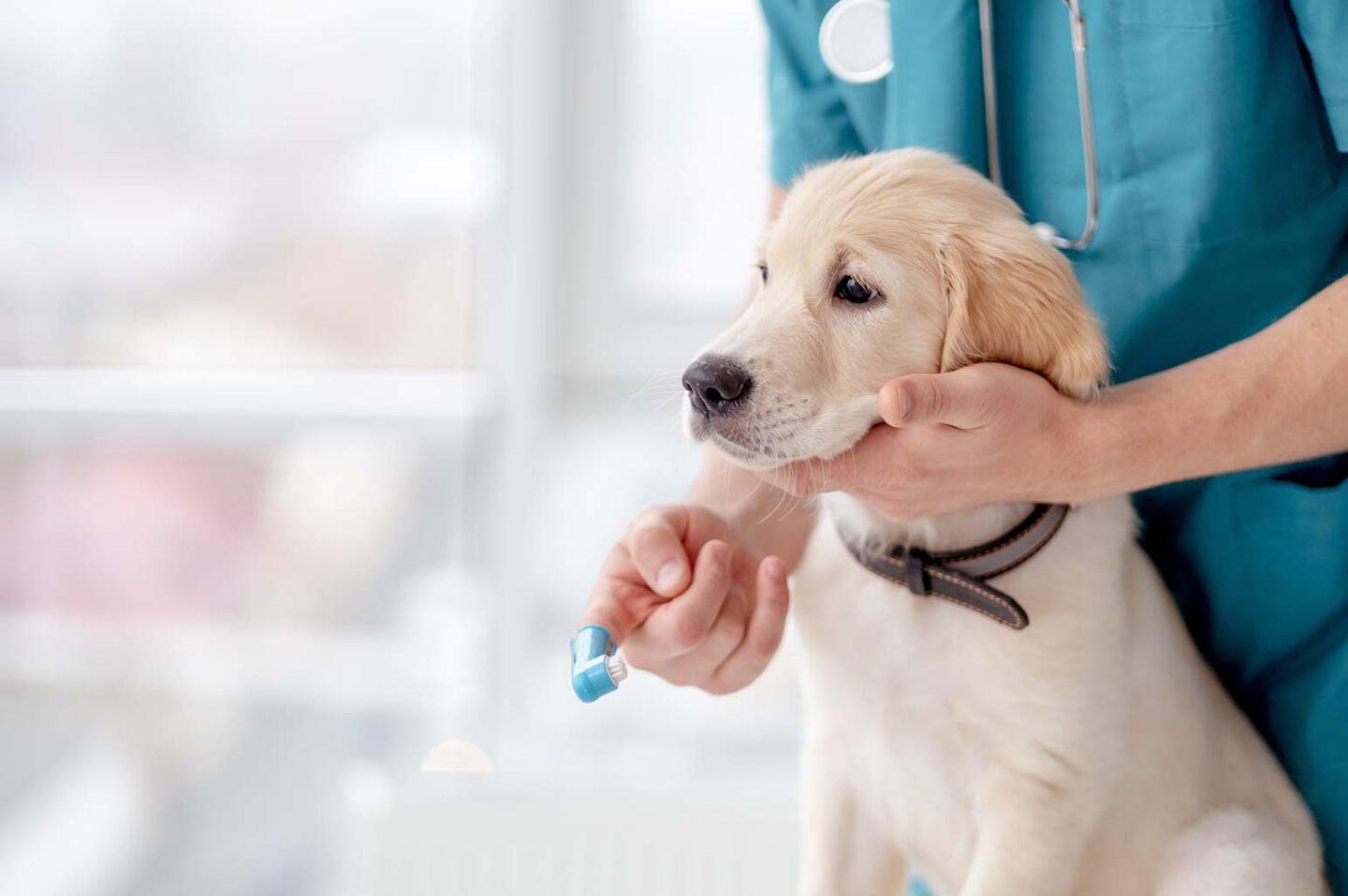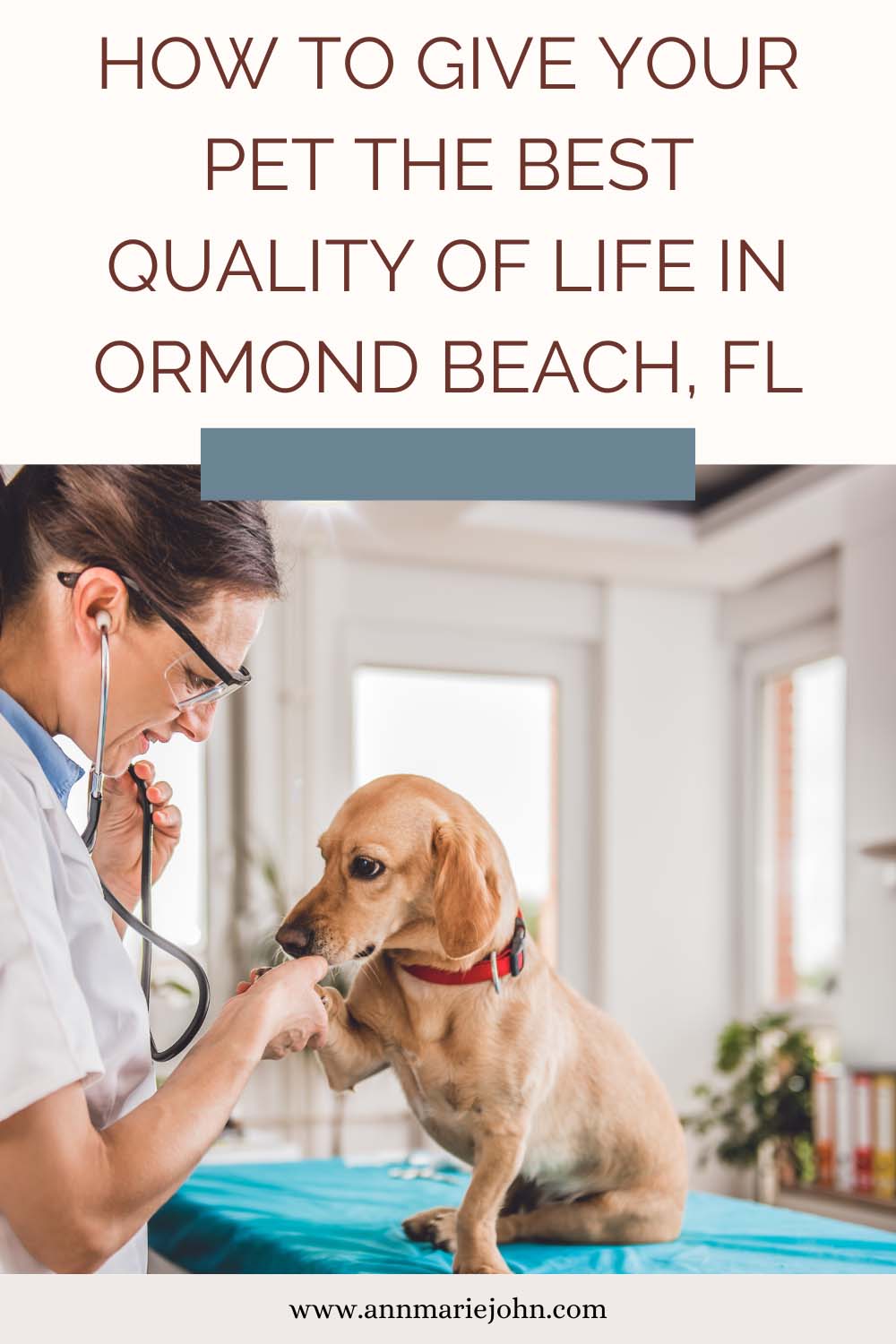Learn about the importance of developing a veterinary wellness plan for your pet and how it can help ensure they have the best quality of life possible.

It’s an indisputable fact that Floridians—and Americans overall—absolutely adore their pets. Over half of Florida households own at least one pet; the most common pets are dogs, followed by cats, birds, and fish. Overall, Americans spend about $100 billion per year on their pets, with much of this being for food, toys, and treats.
However, as fun as it is to pick out a cute bed or a silly toy for your beloved cat or dog, there’s one component of pet ownership that simply cannot be ignored: preventative medicine that ensures your finned, feathered, or furred friend lives a long and happy life. Everything you do for your dog is going to make a difference in a positive way, from the lamb dog food that promotes healthier digestion to the regularity with which you groom your dog. If you’re not on top of your pets’ health, you’re going to find it a very expensive struggle.
Veterinary medicine has come a very long way in the last few decades. Far from being just about solving urgent or emergency situations, a local vet can now provide medicine that manages chronic illnesses, prevents major health issues, and prolongs your loved one’s life by caring for every body system, from teeth to tail. Today, we’ll discuss some of the components of a veterinary wellness plan and explain how to work with your veterinarian to provide whole-body wellness for your pet.

Preventative medicine is important for humans, and it’s essential for pets, too
Many people think that they should only take their dog or cat to the vet when they start to experience problems, such as coughing or becoming lethargic. However, it’s important to note that dogs and cats cannot tell you that they’re hurting, and they may not show symptoms of a serious illness until it has become very advanced. The signs of illness or pain in a dog or cat can be quite subtle and may be ignored as typical behavior or one-off actions if you’re not paying close attention.
Taking your pet to the vet for routine checkups can help you catch serious illnesses before they advance, which can not only spare your loved one a great deal of pain but also save you money. Surgeries and medications can be incredibly expensive, but you may be able to stave off these pricier interventions through cheaper and less invasive treatments such as a specialized diet, supplements, or lifestyle changes.
A veterinary wellness plan includes many of the same things you’d be encouraged to do by your own primary care physician, but they’re usually all performed at your own vet’s office with the exception of highly specialized treatments like ophthalmology or neurology. For example, your vet can perform teeth cleanings, diagnostic screenings, and nutrition counseling, as well as prescribe medications like tick and flea prevention, antibiotics, and joint supplements. You’ll get tips on how to keep your pet healthy and happy at home, such as special toys that will keep them occupied while you’re at work, and learn how to feed and exercise them properly to ensure they remain in peak physical condition.
Your Ormond Beach vet is your collaborator in providing the best pet care imaginable
Just like every person, every pet has unique needs. Breed, age, sex, and life history all come together to create your beloved friend, and they all interact with one another to determine what your pet needs at every stage of their life. In order to get the most out of your vet visits, you need to work together with your dog’s or cat’s medical team to provide a clear picture of how your pet behaves at home.
To get started on a wellness plan, do some research on nearby vets, including what services they offer, and then take a look at what those treatments involve. Check out reviews of the animal clinic on third-party websites; you might also consider getting involved in the local dog or cat community and asking them for recommendations on good clinics in the area.
You will likely be able to fill out an intake form before actually bringing your pet in for their first visit. When you fill it out, be honest about your pet’s habits, history, and needs so that they can develop a plan with you. If your loved one has any special fears, such as fears of needles, or if they are aggressive toward other pets, let the clinic know about this immediately so that they can create a plan to keep your dog or cat safe. Some clinics will have side doors that you can use to bring your dog in without going through the waiting room, or they will schedule you during quieter hours so that you don’t have to worry about confrontations.
When you visit the veterinarian, the first thing you should look for is how your pet responds to the clinicians—and how they respond to your pet. Many animals don’t like the vet because there are many new sights, sounds, and smells there, but watch how the staff treats your dog or cat if they’re skittish. Are they sympathetic and work to help your animal be more comfortable, or are they curt and annoyed? Your pet’s response to the clinicians matters immensely, as it will decide whether they’re an active participant in their own care or if they are hostile and withdrawn.
In Conclusion
Preventative medicine is essential for both humans and animals, and working with your local animal clinic to develop a veterinary wellness plan will keep your pet happy and healthy throughout their whole life. Work carefully to find a great vet and work collaboratively with them – your pet will thank you!
